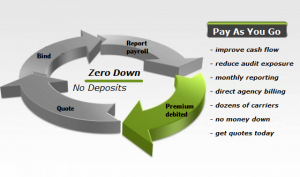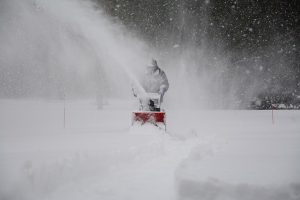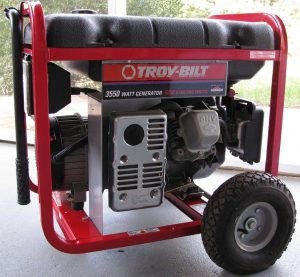4 Industries that Benefit from Pay as You Go Workers Comp
Pay as You Go Workers Comp is designed to allow businesses pay their workers compensation insurance premium in real-time based upon the previous months payroll. This is a great way for many small businesses to free up cash because in a traditional work comp policy the business is required to make a large lump-sum payment just to get coverage in place. This payment is typically one third of the total premium for the year. This amount is estimated based upon the previous years payroll. If you are in an industry that is seasonal or dependent upon the weather, your payroll can be dramatically different from year to year. This can cause your business to be audited both mid-term and at the end of your insurance cycle. This audit takes time away from the day to day operations of your business and it can cause you to severely over or under pay your premium throughout the year. A Pay as You Go Workers Comp Policy can help your business prevent many of these issues by more accurately paying your premium in real time. Here are 4 types of businesses that can benefit from the Pay as You Go Option.

Start-ups
If you are a start-up that does not have historical payroll records, it can be difficult to anticipate what exactly your yearly payroll will be. Payroll will be dependent upon how many clients you acquire in your first year and how much revenue those customers generate. If you under estimate the amount of hours your workforce will be working, it can result in you having to make a substantial payment either when you get audited mid-term or at the end of term audit. Depending upon the size of your staff this different can be substantial and it may come at a time when you need that cash-flow for other more pressing needs. For this reason, it may be wise for a start-up to use the Pay as You Go Option until they get a few years of historical payroll records to estimate off of.
Commercial Cleaning
In the commercial cleaning industry, it is difficult for many business owners to anticipate payroll 12 months ahead of time. This is especially true if your business cleans retail establishments. These establishments have much more traffic at certain times of the year like Memorial Day, Thanksgiving, and Christmas. You can anticipate this somewhat, but depending upon the health of the economy, consumer confidence, and the amount of discretionary money people have to spend; this traffic may be dramatically different from year to year. This can cause your man hours to fluctuate up or down based upon many factors that are out of your control. This may make the Pay as Your Go Workers Comp Option ideal for a commercial cleaning business.
Bed and Breakfast
The bed and breakfast industry has a tendency to be seasonal. A lot of the seasonality deals with the weather in the area where the bed and breakfast is located. The Summer tends to be busy because of that fact children are not in school and a majority of families plan their vacations around this time of year. If the location is near a resort town that depends upon something like the fall colors or a ski resort, the busy time may be during that time of the year. The Pay as You Go Workers Comp Option may be ideal if your bed and breakfast is located in one of these areas.
Retail Stores
Most retail establishments are heavily dependent upon the state of the economy and how much discretionary income people have in their pockets. Now if you are a grocery store or an auto parts store, this may not be as true for your business; but most businesses depend upon people having extra money to spend. This can cause the amount of payroll you can invest in your workforce fluctuate significantly from year to year. If this is true of your retail location, Pay as You Go Workers Comp may be the best option for your business to free up cash for other business needs.















